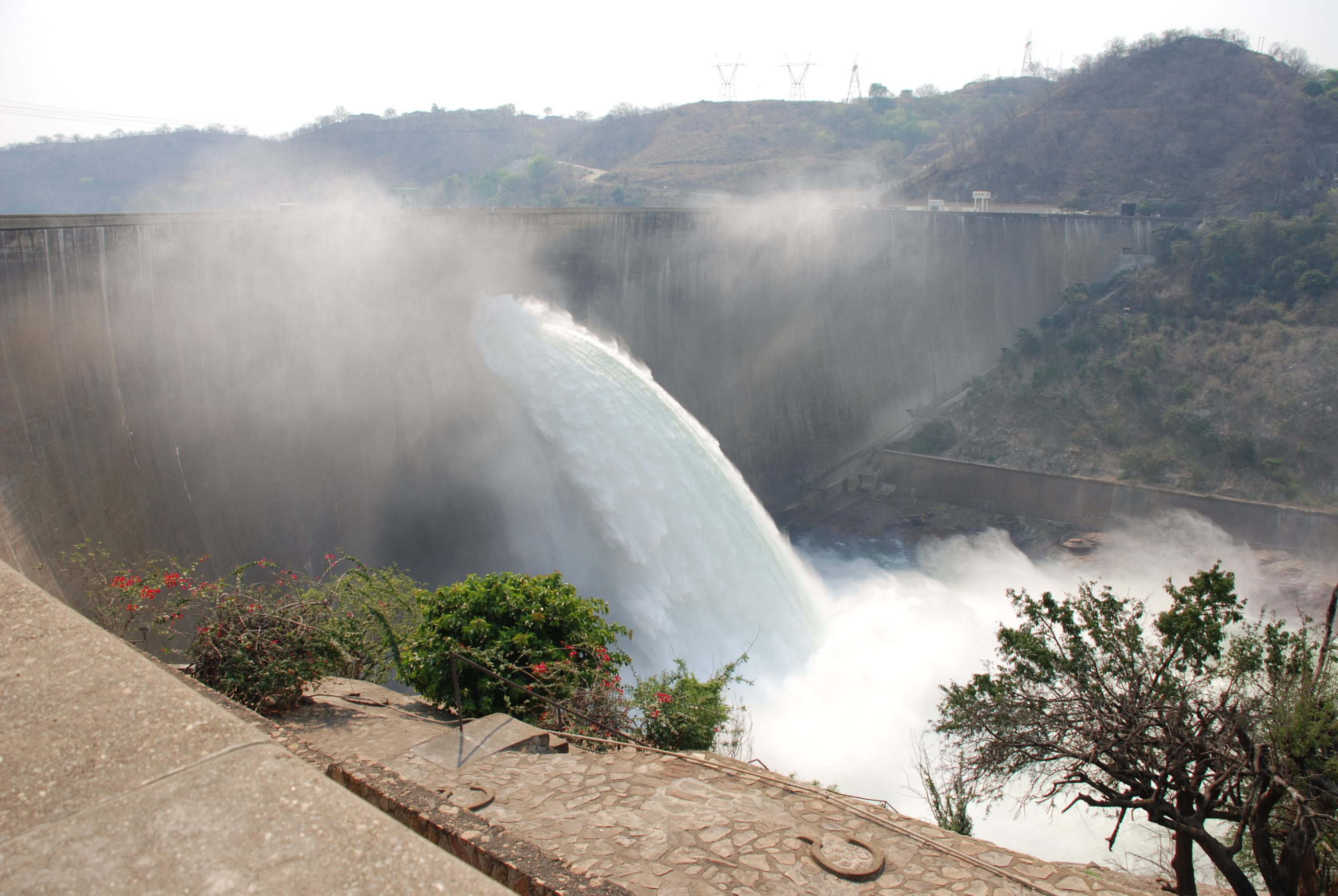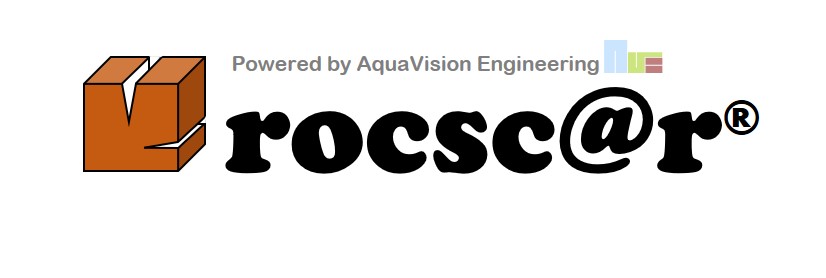
Features
The X_pl@re digital platform houses the rocsc@r® software, which offers a suite of computational methods for numerical prediction of scour of rock downstream of dam spillways and in unlined channels and stilling basins. Rocsc@r® features a wide range of approved scour prediction methods within one single numerical environment. The 2D_BASE version of the software has the following main features:
- choice of type of turbulent flow (vertical or oblique jets, circular or rectangular jets, other turbulent flows quasi-parallel to the interface)
- choice between a large number of computational methods
- automatic computation of interface dynamic pressures and flow velocities for jets
- user-defined determination of interface dynamic pressures and flow velocities
- manual coupling with CFD computational flow environments
- user-defined detailed rock lithology with depth (2D profiles)
- determination of ultimate scour depth and time evolution of scour hole
- determination of 2D shape of scour hole with time
The current version of the software is the 2D_BASE version, allowing to perform time-dependent scour computations along user-defined 2D profiles.
The X_pl@re platform allows fully encrypted rocsc@r® modelling in the cloud with your own Internet license.
Computational methods
The available methods in the current 2D_BASE version of the rocsc@r® software are general or specific empirical equations, the Erodibility Index Method (Annandale, 2006 or user-defined scour threshold), the Dynamic Pressure Method (based on Maleki & Fiorotto, 2019), the Dynamic Impulsion Method (Bollaert & Schleiss, 2005), the Modified Dynamic Impulsion Method (Bollaert, 2021), the Quasi-Steady Impulsion Method (Bollaert, 2012), the Modified Quasi-Steady Impulsion Method (Bollaert, 2021), and finally the Comprehensive Fracture Mechanics Method (Bollaert & Schleiss, 2005).
As shown on the right, the applicability of each method depends on the type of turbulent flow. More details on these methods can be found in the corresponding sub-section.


Areas of application
The 2D_BASE version of the rocsc@r® software that is currently available on the X_pl@re digital platform is applicable to the following types of turbulent flow impacting the water-rock interface:
- vertically impinging jets
- obliquely impiniging jets
- circular and rectangular shaped jets
- nappe flows
- any other turbulent flows quasi-parallel to the interface
